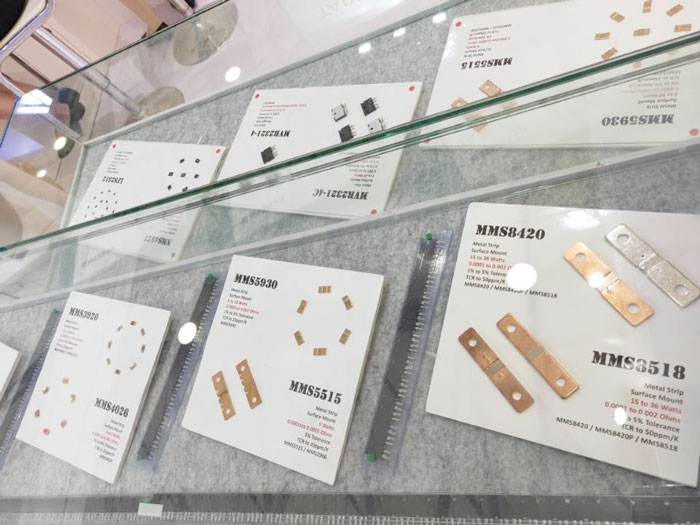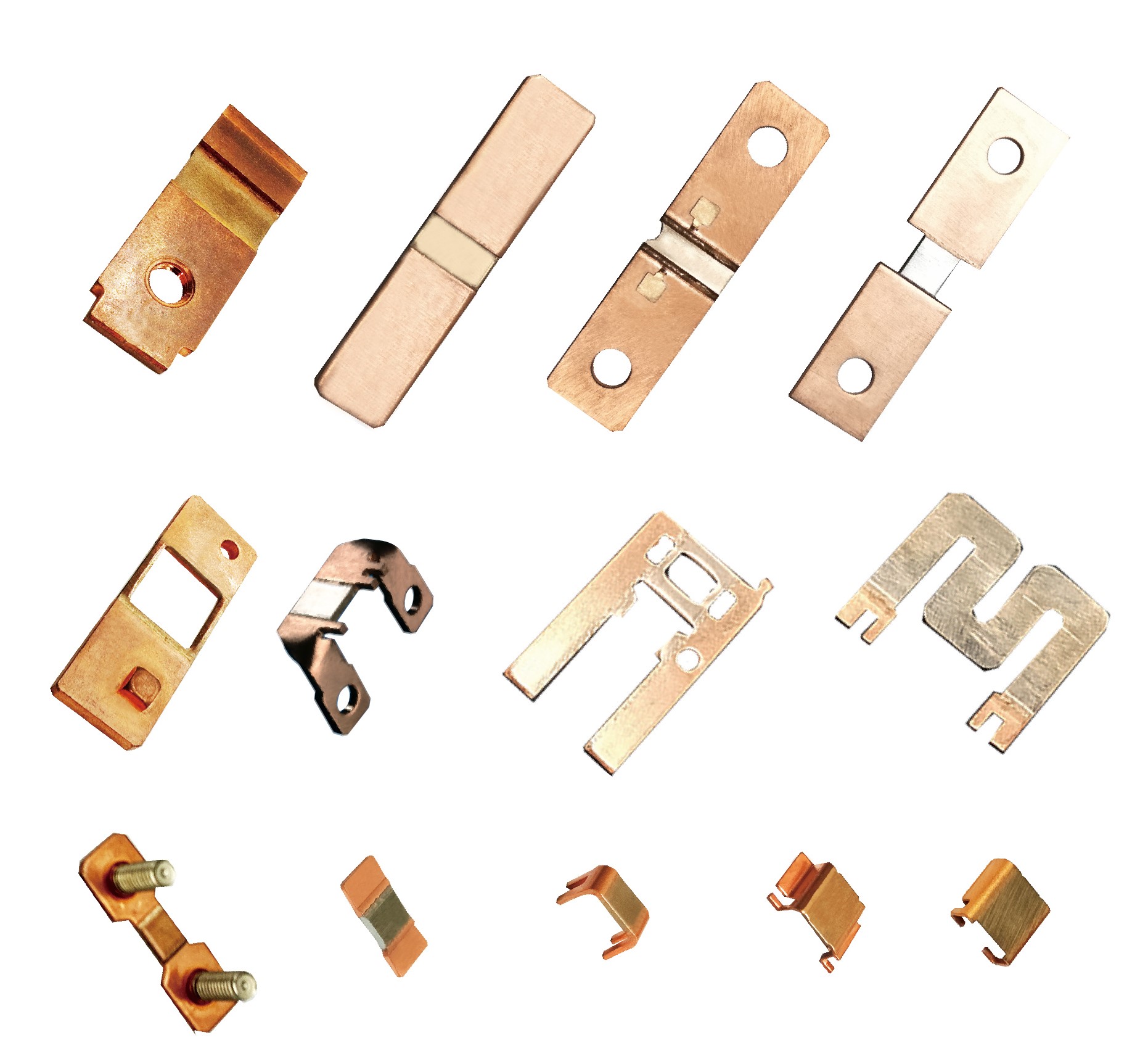Position:Home » Technical Articles
Current Sense Resistors' Work Principle in Automotives
Writer:Microhm Page View:Date:2019-05-23
Current sense resistors are recognized as cost-effective components that help improve system efficiency and reduce losses due to their high measurement accuracy compared to other technologies.
Global trends such as the demand for lower CO2 emissions, the smartening of the electricity supply grid and the electrification of our automobiles are all driving the need for electronic circuits to become more efficient. For circuit designers and systems operators, understanding what level of current is flowing through a circuit and being delivered to a load can be very helpful. Maximizing the operating performance of a battery, controlling motor speeds, and the ability to hot swap server units are examples of applications that can all benefit from the use of accurate current measurement.

Current sense resistors work by detecting and converting current to voltage. These devices feature very low resistance values, and therefore, cause only an insignificant voltage drop of 10 to 130 mV in the application.

A shunt resistor is placed in series with the electrical load whereby all the current to be measured will flow through it. Following Ohm’s law, a voltage drop is generated across the resistor of known value, which is proportional to the current. The voltage drop across the resistor can be measured by various amplifier options such as operational, difference and instrumentation amplifiers. To choose the right current sense resistor for a given application, it is important to look at the input common-mode voltage specification. Input common-mode voltage is the average voltage present at the input terminals of the amplifier.
As shunt resistors sit in series with the load, they are able to directly measure the current. This is in contrast to indirect current measurement techniques such as coils where voltage is induced across the coil that is proportional to the current. The fact that shunt resistors use direct current sensing techniques means power is
dissipated from the resistor, resulting in very low resistance values.
Global trends such as the demand for lower CO2 emissions, the smartening of the electricity supply grid and the electrification of our automobiles are all driving the need for electronic circuits to become more efficient. For circuit designers and systems operators, understanding what level of current is flowing through a circuit and being delivered to a load can be very helpful. Maximizing the operating performance of a battery, controlling motor speeds, and the ability to hot swap server units are examples of applications that can all benefit from the use of accurate current measurement.

Current sense resistors also feature a very low Temperature Coefficient of Resistance (TCR), which defines drift with varying ambient temperature, and excellent long term stability. These characteristics make current measurement accuracy very high and the temperature dependency of the measurement is very low. While they are ideal for applications in virtually all market segments, current sense resistors are particularly useful in helping developers precisely measure current in their automotive, industrial and computer electronics designs.
Current sense resistors work by detecting and converting current to voltage. These devices feature very low resistance values, and therefore, cause only an insignificant voltage drop of 10 to 130 mV in the application.

A shunt resistor is placed in series with the electrical load whereby all the current to be measured will flow through it. Following Ohm’s law, a voltage drop is generated across the resistor of known value, which is proportional to the current. The voltage drop across the resistor can be measured by various amplifier options such as operational, difference and instrumentation amplifiers. To choose the right current sense resistor for a given application, it is important to look at the input common-mode voltage specification. Input common-mode voltage is the average voltage present at the input terminals of the amplifier.
As shunt resistors sit in series with the load, they are able to directly measure the current. This is in contrast to indirect current measurement techniques such as coils where voltage is induced across the coil that is proportional to the current. The fact that shunt resistors use direct current sensing techniques means power is
dissipated from the resistor, resulting in very low resistance values.
Keywords:
Latest News
- Resistor's role in measuring and correcting LED,,,
- Single through-hole resistors' characteristics ,,,
- Why shunt resistors for current sense applicati,,,
- Metal-film resistors with small size, high resi,,,
- 36W High-Current Shunt Resistors MMS8420,,,
- 1W Surface Mount Resistor MPR1206,,,
- An Overview of Microhm Electronics' Resistor Pr,,,
- More anti-sulfur resistors used in harsh envir,,,
- Resistance changes with temperature,,,
- 140W TO247 High Power Heatsinkable Resistor,,,
- MMS5930 is ideal for current sensing in industr,,,
- Shunt resistors selection for engineers' design,,,
- Considerations for choosing precision resistors,,,
- Ceramic Encased Cement Resistors NWH Series for,,,
- Resistors for Passive Balancing in Battery-Pow,,,
Hot Articles
- Microhm will take part in 10th Automotive World,,,
- Thanks for Visiting Microhm's Booth E5-5706 in ,,,
- Resistors in Short Supply: Blame Cars,,,
- New lunch: High Power Precision Shunt Resistor,,,,
- How to Test a Resistor,,,
- Innovative Technology, Future Electric: Electri,,,
- What is Precision Resistors?,,,
- SMD Resistors Sizes and Packages,,,
- The Construction and Features of Metal Film Res,,,
- What is a TO-220 Resisor?,,,
- Hot Selling Products: Precision Shunt Resistors,,,
- How to Calculate the Equivalent Resistance Valu,,,
- What is a Fixed Resistor?,,,
- Resistors in LED Circuits,,,
- Resistors Types and Materials Overview,,,
Resistance applications
- The Main Application for High Precision and Low,,,
- Shunt Resistor MMS8420 for High Current Stable ,,,
- Heater Blower Motor Resistor in Air Conditioner,,,
- Why Zero-Ohm Resistors?,,,
- Miniature future for passive electronic compone,,,
- Carbon Film Resistors' Features and Application,,,
- The Four Important Functions of Alloy Resistors,,,
- Difference Between High Precision Resistors and,,,
- Select the Right Resistor for Harmonic Filterin,,,
- The Measurement Accuracy of Automotive Shunt is,,,
- Industrial Roberts Applied to Solar Photovoltai,,,
- Urbanization Development Bringing the Transform,,,
- BMS for New Energy Vehicle,,,
- Precision Resistors' Construction and TCR,,,
- Surface Mount Resistor's Size and Package ,,,
